Christmas Itself
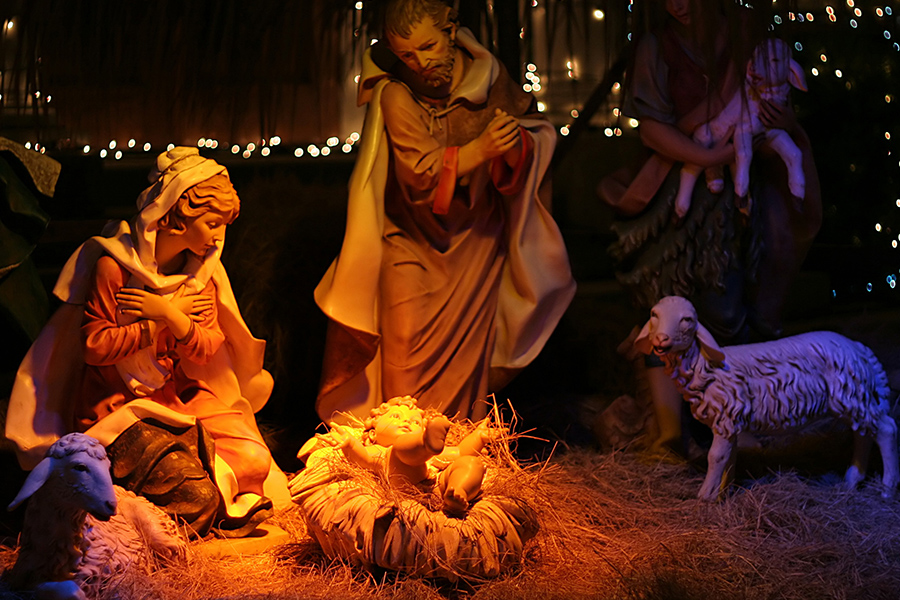
Although Christmas is practiced far and wide by Christians and non-Christians alike, at its most modern roots it is supposed to be a celebration of the birth of Jesus Christ. However, the actual date of his birth is a little difficult to pin down. Many historians believe the Christmas date was chosen in an effort to coincide with pagan traditions like the winter solstice or yule.
Christmas Colors

The green and red of Christmas have many origins, both pagan and Christian. Green is a symbol of life and hope. Red represents the blood of Jesus Christ, as well as the bishop’s robes of St. Nicholas who became Santa Claus. New research, however, suggests these colors might actually have stemmed from medieval rood screens painted largely in red and green.
Santa Claus

Father Christmas, Kris Kringle, and Jolly Ole St. Nick are all names for Santa Claus. This figure is thought to have originated from St. Nicholas. All legends seem to point at him being a fourth-century bishop with more money than he knew what to do with. Instead of hoarding it, he used it to spread a little cheer among poor children.
Santa's Reindeer
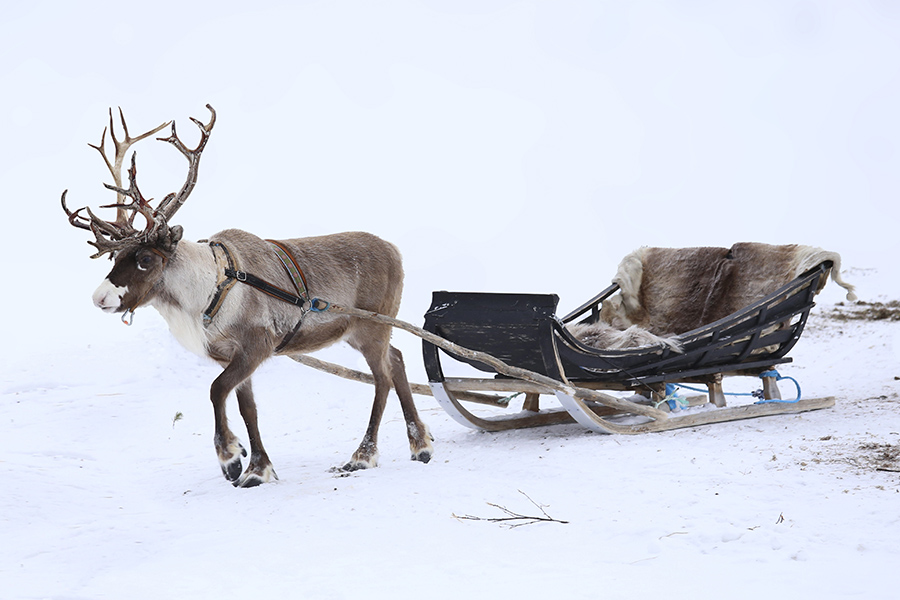
Originally, St Nick and his Dutch counterpart (Sinterklaas) had a single white animal that differed between legends. In 1921, the poem “A New Year's Present, to the Little Ones from Five to Twelve Number III : The Children's Friend” was published, complete with Santa’s flying reindeer. In 1923, the famous "‘Twas the Night Before Christmas" followed suit. Santa’s steed multiplied!
Christmas Trees
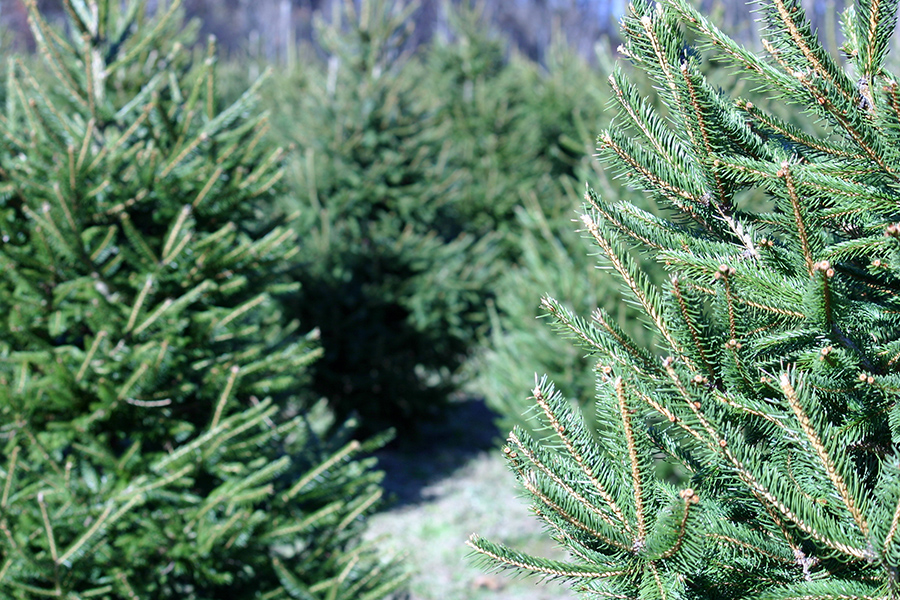
This tradition seems rooted in a pagan ritual. Everyone from the Egyptians to the Celts used evergreen boughs to decorate for the winter solstice because they symbolized the triumph of life over death and the return of spring. Christmas trees as we know them, however, first began in Germany during the 16th century as Yule trees. Sometimes they were decorated, but they were always kept outside.
Tree Toppers
Advent Calendars

These calendars start on the Sunday closest to November 30th, the feast of St Andrew the Apostle. They’re used to count down the last 25 days until Christmas by lifting a flap to reveal a holiday scene or candy. This tradition began in 19th century Germany. Chalk marks were made on doors or candles were lit to symbolize the 25 days that were originally used to prepare for a Christmas baptism.
Stockings
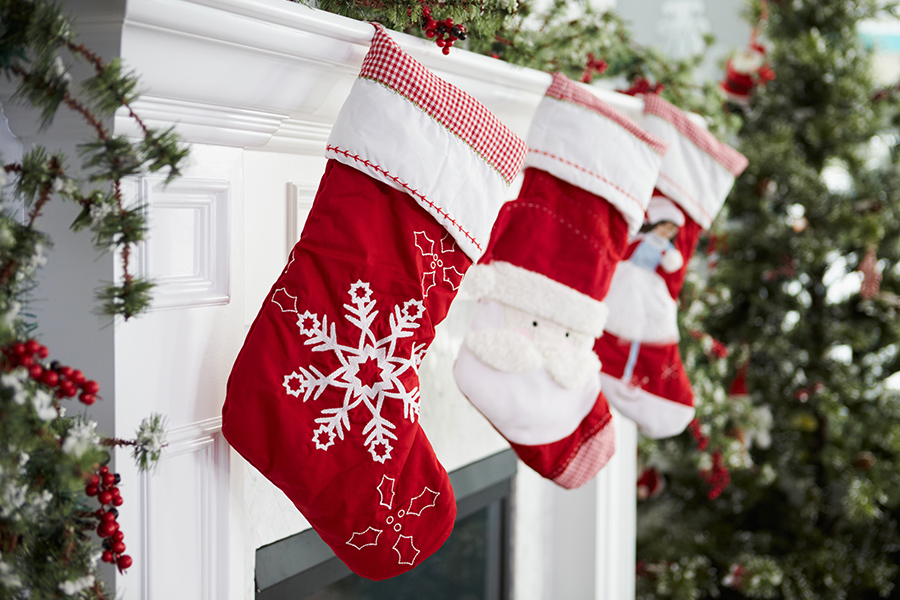
Supposedly, St Nicholas heard of a merchant who had fallen on hard times. Since the merchant turned his nose up at charity, Nick threw goody bags down the chimney for his daughters. Luckily, they had hung their stockings up to dry on a fireplace. Dutch children also put out wooden clogs on Christmas, which could feasibly have turned into stockings over the years.
Candy Canes

Candy canes started out as straight, white sticks used for decorating trees. In the 1600s, a German choirmaster had a local candyman throw a curve in them so they looked like shephard’s hooks. He then passed them out to keep church-going children quiet during mass. They didn’t gain their minty flavor or their red stripe until the late 18th and early 19th century.
Christmas Carols
Christmas Cards

Christmas cards weren’t mass produced until the late 1800s. They started as an attempt by the assistant keeper of the Post Office to get more than just the rich to use the new mail system. He and his buddy printed up about a thousand and sold them for roughly eight cents a piece. You can purchase one of these original cards now (if you can find one) for about $6,000.
Holly and Ivy

Holly and ivy were believed to banish evil and ward off spirits. They were also used to appease gods, such as Thor. Ivy used to be a symbol of close relationships, but Christians rejected it for a while because of its ability to grow in shady areas suggested a darkness inappropriate for Christmas. Today, the berries symbolize the blood of Christ and the pointy leaves represent the thorns that pierced him.
Mistletoe
Wassail
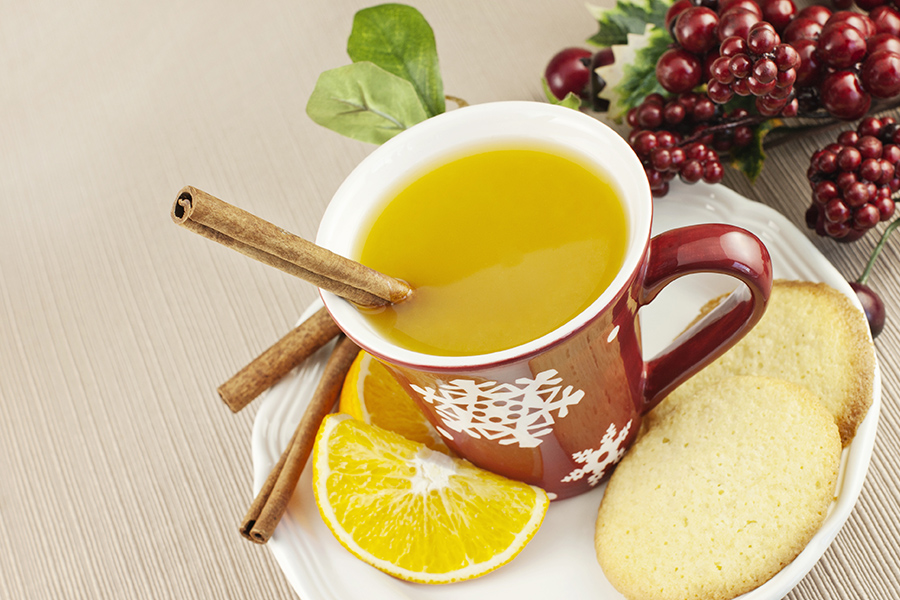
Wassail is a cidery, punch-like drink, whose name is derived from a mangling of the Anglo-Saxon term for ‘good health.’ It’s was used during Orchard Wassailing, a pagan ritual. Followers dipped a piece of toasted bread in the wassail, then they hung it from the leaves of apple trees to welcome good spirits. The hope was that it would bring a good harvest in the seasons to come.
Fruitcake
Tacky Christmas Sweaters
Milk and Cookies for Santa
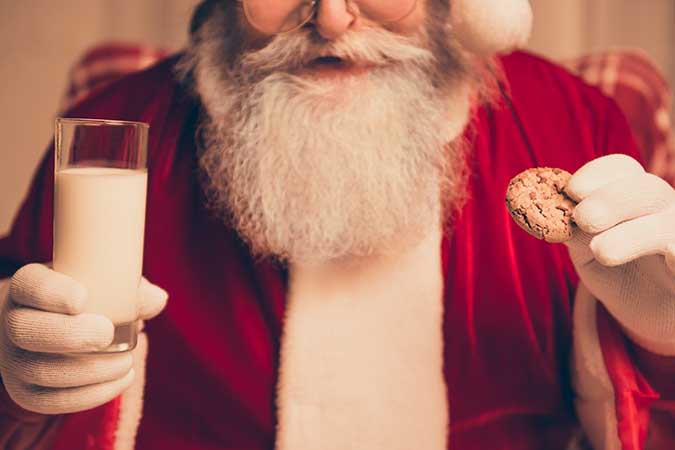
Milk and cookies might be a Santa thing these days, but some people think this tradition of leaving a snack for jolly old St. Nick actually began with...the Norse god Odin? In Norse mythology Odin had a horse named Sleipnir, and when children left food for his eight-legged friend (don't ask), Odin would reward them with gifts.
Yule Log
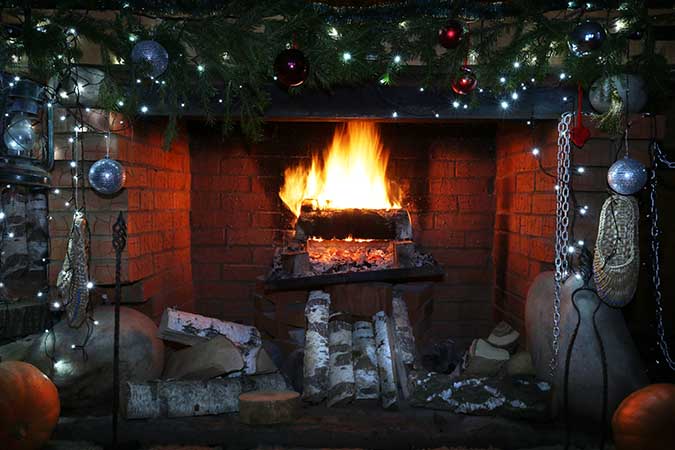
Chestnuts have been roasting on an open fire for a lot longer than the history Christmas, apparently. The Yule log tradition actually began in the Celtic world. During the holiday of Yule, Celts would burn logs adorned with holly and ivy as a way to say goodbye to the previous year and hello to the next. And we have 19th-century Parisian bakers to thank for the Christmas dessert designed to look like the Yule log.
Eggnog
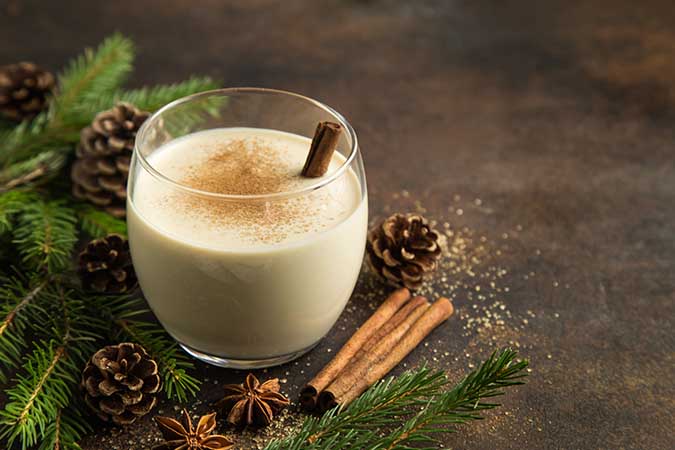
Eggnog is a divisive Christmas tradition--people generally either love it or hate it. The drink got its start in the Middle Ages with a drink called "posset" that was made with eggs, milk, and figs. Eggnog became associated with Christmas specifically when English colonists brought the drink over to America.
Elf on a Shelf
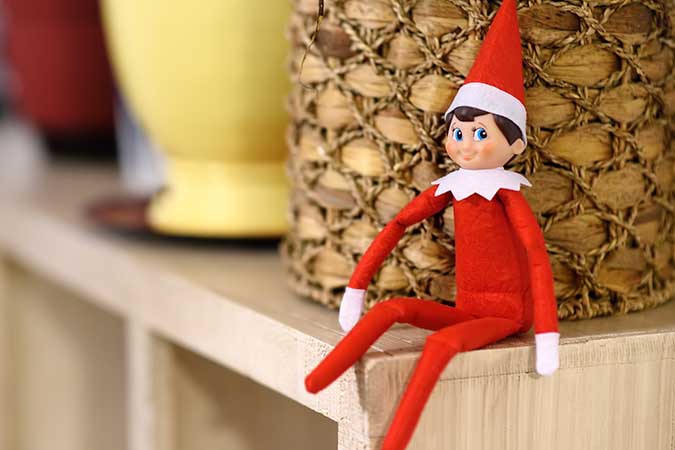
If you came of age before the year 2000, there's a good chance you never got to experience the creepy thrill of Elf on a Shelf. In a nutshell, in the days leading up to Christmas, parents place the ever-smiling elf in different places in the home and let their kids know he'll report back to Santa if they act naughty. While this tradition has become wildly popular, it only got its start in 2005 in a book of the same name.
Nativity Plays
Poinsettias
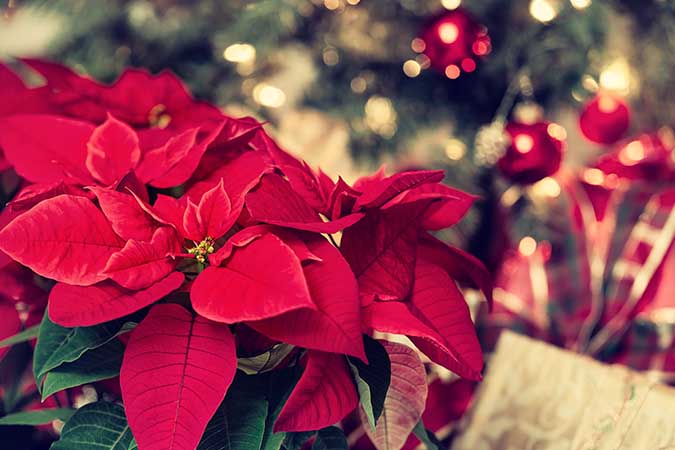
Poinsettias are bright red wintertime flowers that are closely tied to the Christmas season these days. This colorful plant was first introduced to the USA by Joel Roberts Poinsett--the first US ambassador to Mexico in 1825. According to tradition, poinsettias became associated with Christmas thanks to a young Mexican girl. When she was unable to afford a gift to present Jesus at the local Christmas Eve service, she collected a small bouquet of weeds to offer. As she laid the weeds at the foot of the nativity scene, they miraculously bloomed into poinsettias.
Christmas Pudding

Christmas pudding, plum pudding, figgy pudding--these all refer to the same bread-based dessert associated with the holidays. They got their start in the 14th century as a meal used during the period of fasting leading up to Christmas and once again became popularized as a holiday dish thanks to King George I in 1714.
Mince Pies

For folks in the United States, mince pies are not really a major Christmas tradition, but it's a very different story in the UK. This desert, which is typically filled with dried fruit, was once only a Christmas party treat, trotted out by wealthy hosts to signal their high status in society. These days, they are much more affordable to make, so you'll see them frequently during the holiday season.
12 Days of Christmas
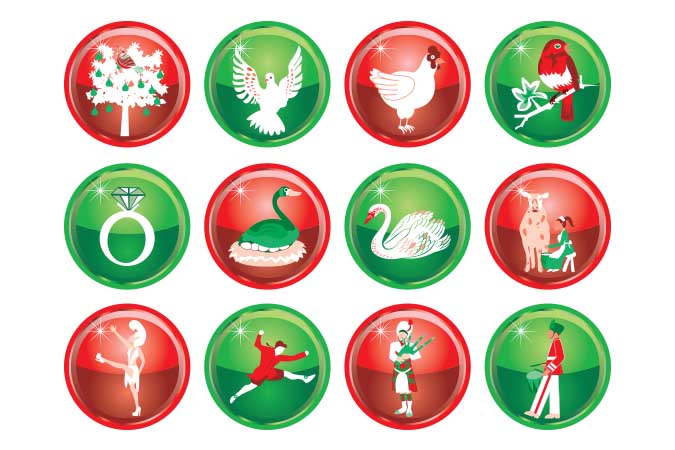
We're all familiar with that never-ending Christmas carol, "The 12 Days of Christmas," but many people ask themselves, "Why 12 days?" and, "Why all these birds?" The first question is a bit easier to answer than the second. The 12 days refers to the 12 days of the Christmas season, which runs from Christmas day to the feast of the Epiphany in churches that observe the liturgical calendar of Western Christianity. As for the gifts on each day, that's harder to nail down. The fact that the lyrics have changed over the centuries means we may never truly know the reasons for the bizarre avian-based gift giving.
Xmas

Folks who say that the term Xmas removes Christ from Christmas need to brush up on their ancient Greek. Chi is a letter of the Greek alphabet that is almost identical to our modern-day letter X, and in early Christianity, it was frequently used to represent Christ. So whether it's Xmas or Christmas, Jesus is in the name one way or another.
Christingle

For the uninitiated, the Christingle might look a little like a festive, homemade explosive device. But this strange combination of an orange, a candle, and toothpicks has been a Christian tradition since 1747. Originating in the Moravian church, the Christingle represents the world illuminated by the light of God. Since then, the tradition has spread even further, especially in European church services.
Christmas Cracker
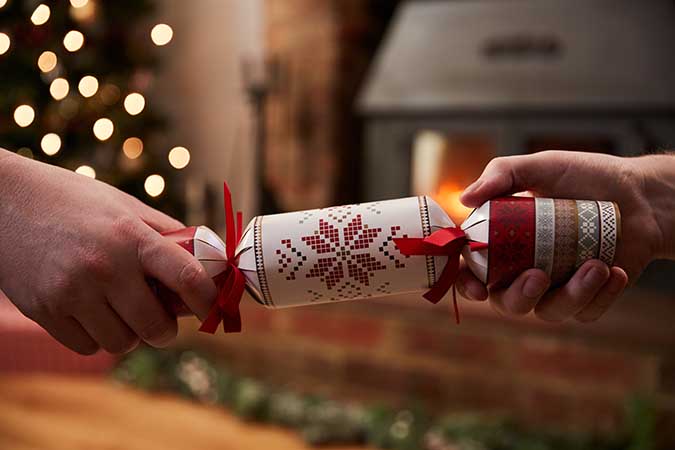
Folks in Europe know the fun and excitement of pulling apart a Christmas cracker and getting a mild pop along with a small trinket. This tradition began in 1847 with a salesman who was having trouble selling his festively wrapped bon-bons. One night, inspired by the crackle of his fire, he added a device inside similar to what you'd find in a cap gun. The small bang when opening the cracker was enough to make them skyrocket to popularity--although they never really caught on in the United States.
Christmas Pickle
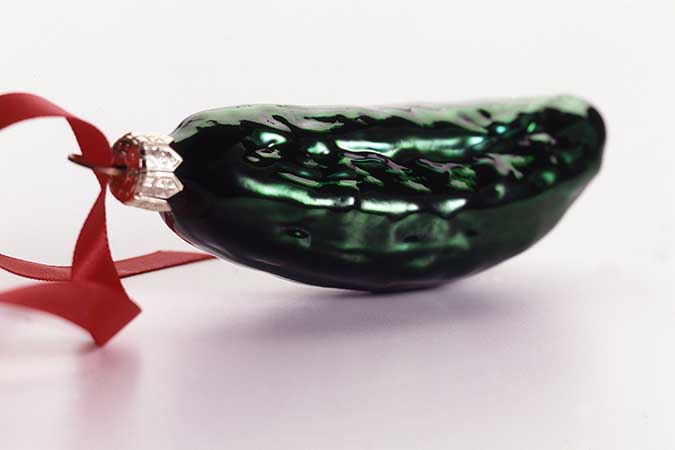
There's no reason that a pickle should be a Christmas thing, but here we are. In the 1800s, after receiving a shipment of German Christmas ornaments (including pickles), Woolworth department stores came up with an ingenious (and completely fake) backstory for the unusual ornaments. According to "tradition", the pickle was a traditional German ornament that was always last to go on the tree, and the first child to find it got a present.
Krampus
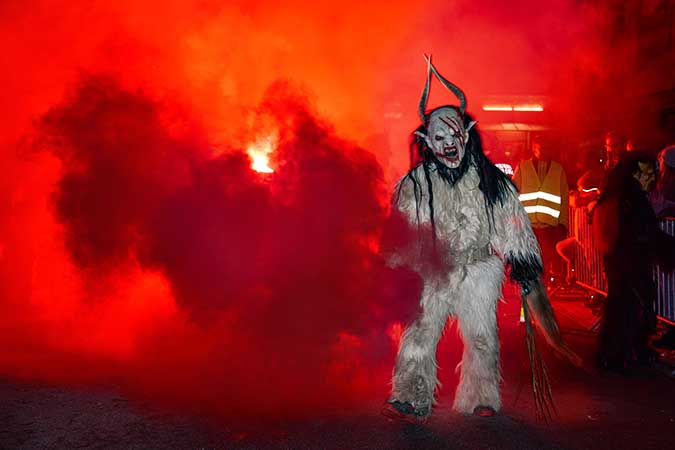
The nightmare-inducing Krampus has really gotten popular in the last few years, but this terrifying Christmas tradition has much older origins. According to the folklore of central Europe, Krampus travels with St. Nicholas, but unlike the jolly old man who gives presents to good children, Krampus punishes naughty children--including kidnapping or eating them. While he's a terrifying sight, Krampus has become beloved by folks who want a little scare along with their holiday festivities.
 Author
Sherrill Dean
Last Updated: December 03, 2025
Author
Sherrill Dean
Last Updated: December 03, 2025





